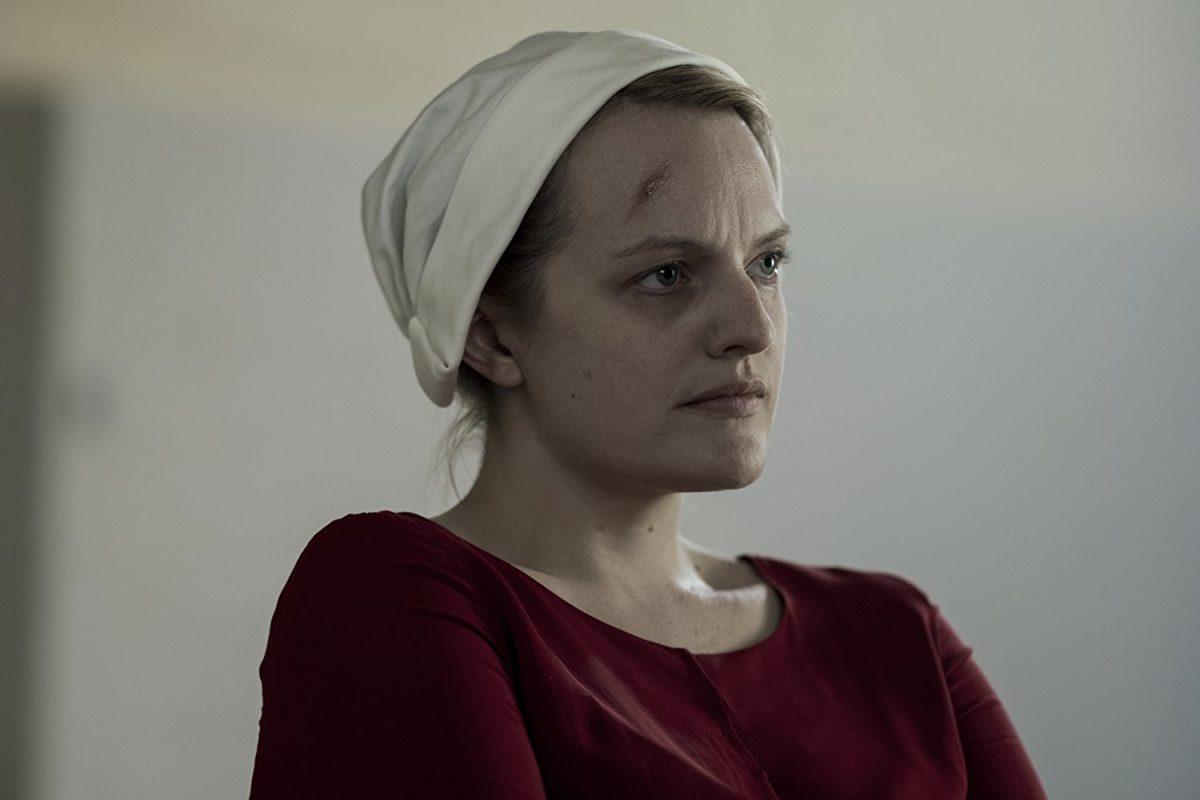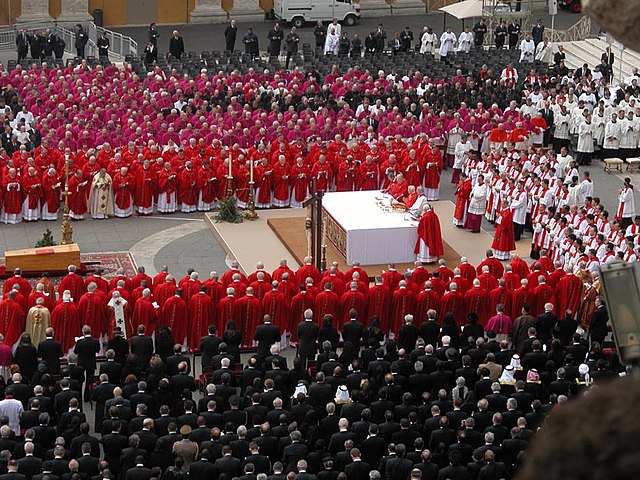How can you tell an uncomfortable, painful and more or less joyless story and still make people want to watch it? The art of making unpleasant yet engrossing content is perhaps one of the trickiest arts any storyteller can master, and in season 2, Hulu’s Emmy-winning “The Handmaid’s Tale,” adapted from the novel of the same name by Margaret Atwood, continues to be one of the most adept television narratives at walking this tightrope. In the world of “The Handmaid’s Tale,” an extremist religious group executes a successful coup d’etat against the United States government in response to a mounting fertility crisis, establishing in its place the Republic of Gilead. The few fertile women remaining are stripped of their identities and autonomy and forced to become surrogates — handmaids — to the members of the ruling class of this authoritarian theocracy and their wives.
The second season of “The Handmaid’s Tale” picks up where the first left off, but with one key difference — the admittedly ambiguous ending of season one also marked the end of Atwood’s novel, meaning that the plotting and dialogue are now firmly in the hands of showrunner Bruce Miller and his colleagues. Miller claims that Atwood, a producer on the show, did contribute ideas to the new season, which likely assisted the mostly smooth transition, with the show generally maintaining the tone, pacing, and style established the first time around. That said, the transition is nonetheless apparent in more than one regard. Protagonist June’s (Elizabeth Moss’s) interior monologues, for example — which in season one were lifted more-or-less verbatim from Atwood’s pages — are somewhat less prevalent and decidedly less poetic. Though the writers clearly try to emulate Atwood’s style, June doesn’t quite have the same eloquence she once did.
Admittedly, the new season is not entirely divorced from Atwood’s novel. Various elements that did not make it into the first season of the Hulu series are explored in this second installment, such as June’s relationship with her mother and the radioactive wasteland known as the Colonies, where trouble-stirrers and other undesirables are sent to work themselves to death. It may be a brave new world, but in a sense the series still has training wheels on.
“The Handmaid’s Tale”’s emphasis on being timely and relevant is a strength in certain regards — the plausibility of its horror in how a very familiar U.S. landscape could transform into the autocratic nightmare of Gilead in a matter of years packs a decided punch, with pre-Gilead flashbacks very much reflecting real-life 2018 — but it’s a hand that the show at times overplays. While the series is fundamentally dark and uncomfortable, it nonetheless has a comfort zone it rarely strays from, much to its own detriment.
While the show clearly prides itself on its feminist fury and ‘real world’ relevance, it seems strikingly unwilling to address issues such as race and socioeconomic privilege. Yes, it addresses concepts of privilege in the dystopian Gilead, but not so much in flashbacks to the pre-Gilead United States, when June was a book editor and other prominently featured handmaids were of comparable backgrounds, such as Emily (Alexis Bedel), a former handmaid sentenced to the Colonies, who was, prior to the collapse, a tenure-track academic.
While Moss performance lives up to the numerous accolades it has already received, there are times at which the show’s dedication to June and her perspective seems slightly questionable. As season two finds her pregnant, she is immune, or at the very least far less vulnerable, to the repercussions of the act of rebellion she instigated at the end of season one than her fellow handmaids. One would imagine that the perspective of one of these other women might be interesting to explore, but the two episodes released thus far have not yet done so. However, there are still 11 more scheduled for this season, so there’s still time.
“The Handmaid’s Tale” is available on Hulu with new episodes uploaded on Wednesdays.







